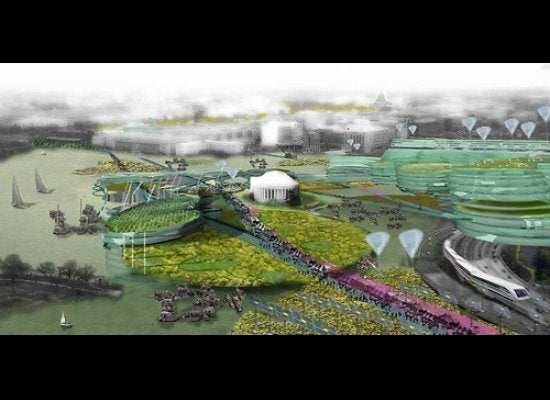
The corner is the central place of urban life. More so than public squares -- which require a conscious set-aside of assembled space -- corners naturally result from crossroads, the elemental feature of travel between places.
Ancient, grid-based Roman military towns, or castra, were planned around crossroads and their corners. The "100 percent corner" is historic shorthand for flagship downtown locations. Decision-making among retailers and residents debate the pros and cons of multi-street exposure to this day.
The corner has been inspiration to authors and poets:
Albert Camus noted the corner as among a city's most inventive places: "All great deeds and all great thoughts have a ridiculous beginning. Great works are often born on a street corner or in a restaurant's revolving door".
J.R.R. Tolkien's poetry provided fantastical inspiration: "Still round the corner there may wait, A new road or a secret gate".
As illustrated by the exploratory images provided here, corners are by nature interdisciplinary, regardless of cultural surrounding.
At crossroads, whether paved and straight or dirt and ill-defined, destinations meet wheeled and other forms of transport, while natural systems meet reconstructed space. As modes of transportation coalesce, people watch and wait. Often, drainage, power and other utilities focus at such central points, above and below ground. Corners are places of safety and intimidation, homogeneity and contrast.
Given these ironies of focus and ambiguity, corners become opportunities to unify design and land uses. Associated regulatory approaches attempt defensible mixtures of public and private uses at more than the scale of single buildings.
Increasingly popular examples include small commercial entities in traditionally residential zones, residential units located on floors above retail, private uses of otherwise public rights of way and greater human presence in the traditional vehicular domain.
Beyond the wry observation of Camus and the allegory of Tolkien, urban corners may represent the best, most visible and pragmatic opportunity to reorient our cities, and become nothing short of the baseline -- the building blocks -- for reinvention of city neighborhoods in the new millennium.
All images composed by the author. Click on each image for a larger view.
Cross-posted in myurbanist and Sustainable Cities Collective.
